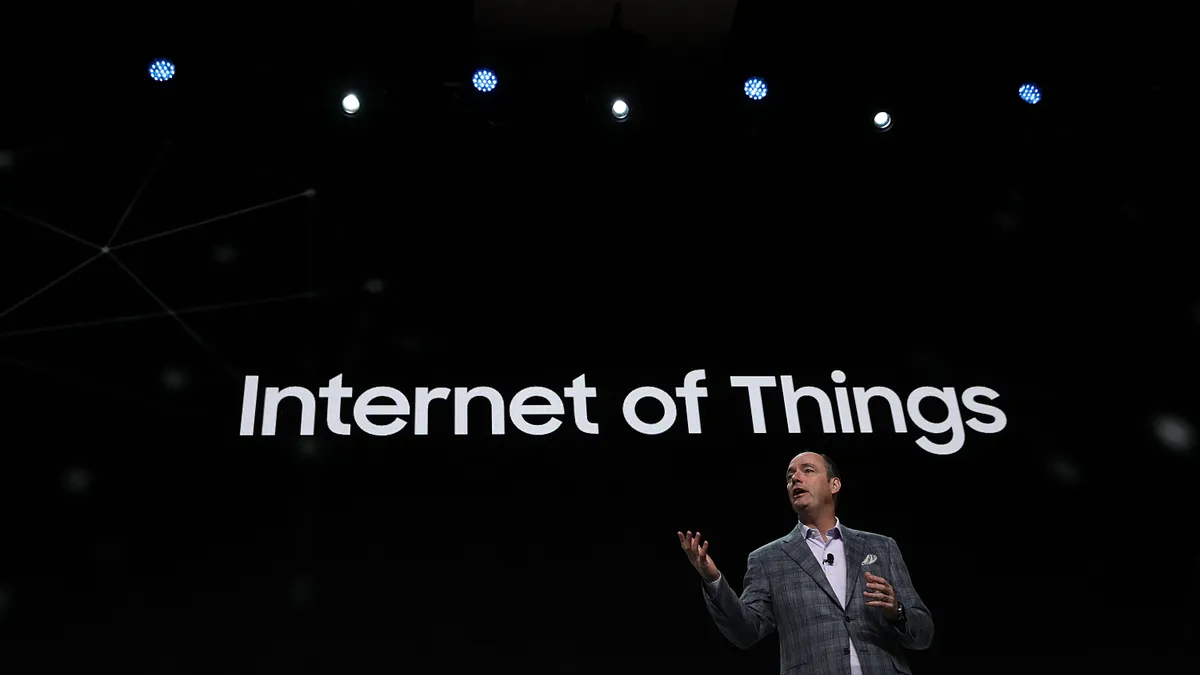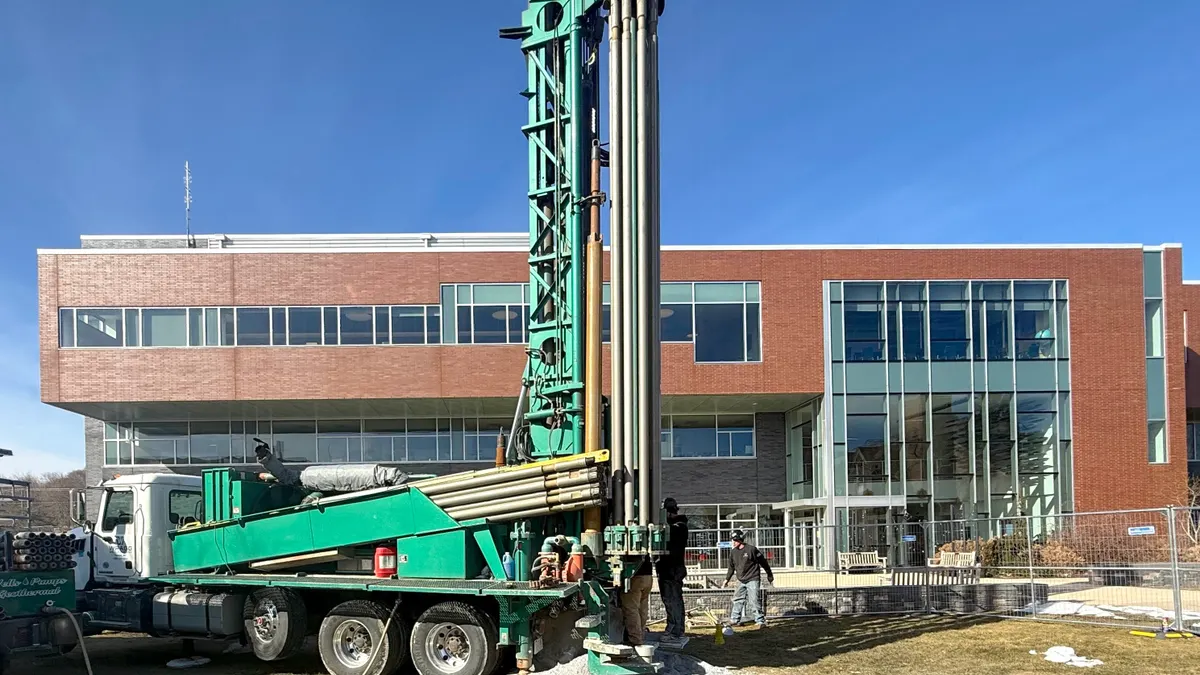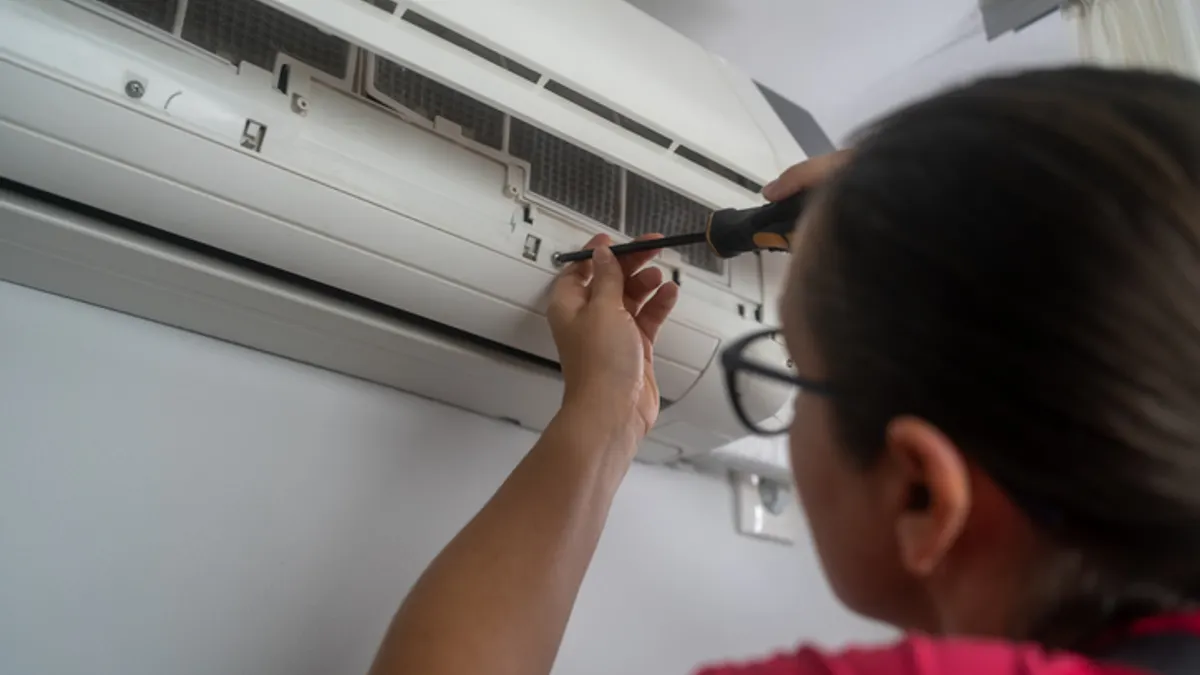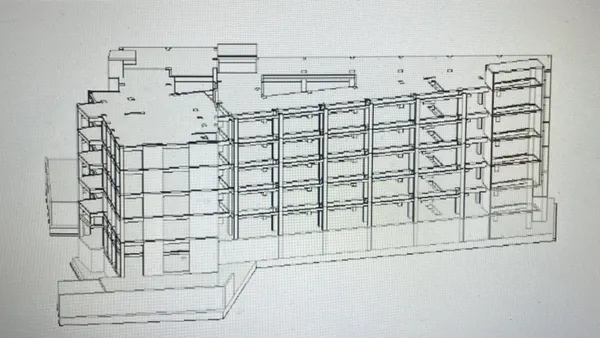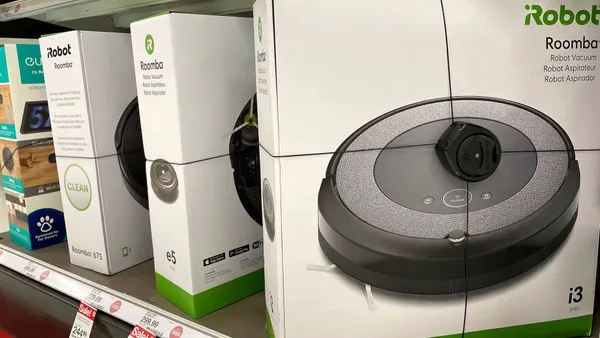Dive Brief:
- Toggled’s recent survey found that a majority (78%) of facility decision-makers have deployed smart building features, but over a third say they lack the talent and skills to integrate data science into their smart building platforms.
- While 78% said they have seen an increase in energy efficiency and cost reduction from using smart tech in their buildings, only 36% said they have seen measurable results in decarbonization.
- Integrating smart building technology with current infrastructure was seen as a major roadblock for more than half of respondents, showing that many facility operations are not yet ready to take full advantage of it.
Dive Insight:
The survey reveals that there’s a gap in knowledge and training regarding smart building technology despite the potential value a vast majority of facilities decision-makers see in the tools.
The nationwide survey, commissioned by Altair-subsidiary Toggled, included responses from 505 U.S. facilities decision-makers across a range of industries and was conducted by Atomik Research between April 13 and April 19.
Fifty-five percent of survey respondents said one of their most significant challenges is integrating smart technologies into their current infrastructure, and 38% said they lack the trained staff to keep the technology operating effectively. Toggled’s report notes that building systems that offer web-based tools and do not require extensive coding or data science knowledge could help address these problems.
This is a common issue across the industry as buildings become more complex. A 2022 FM Training Outlook Survey by industry certification sponsor ProFMI found that 65% of facilities management employers have difficulty finding individuals with the required technical skills. It also found that 57% of facility management employers planned to implement training.
"Most businesses are only scratching the surface of what the technology can do. Once facility managers start to capitalize on what their performance data is telling them and where to adjust, the true business value of a scalable and flexible IoT-enabled smart building network comes to life,” stated Daniel Hollenkamp Jr., chief operating officer at Toggled.
Monitoring energy efficiency and consumption is among the main drivers for smart tech adoption, according to the survey, with temperature (65%) and humidity (45%) control scoring high among respondents as facilities managers are looking to reduce operating costs.
Over half (52%) of respondents said they turned to smart tech to better understand and improve occupancy and space utilization.
An issue smart tech has yet to meaningfully address is decarbonization, according to the report, with nearly two-thirds (64%) of respondents saying they are still looking for ways to monitor and analyze their carbon footprint or greenhouse gas emissions in their facilities.
“I think there’s a lot of potential with the Internet of Things and so many of these sensors. I think the challenge right now with a lot of that is that there’s so many points, that it’s hard to effectively manage all of that,” said Dan Scher, vice president of strategic planning and environmental stewardship at Medxcel, a healthcare facilities service company. “Perhaps that gets better with artificial intelligence or something where you’re able to take all of that data and process it in a more sophisticated way than we are right now. But I think it’s an area that shows a lot of opportunity that just hasn’t been realized yet.”


